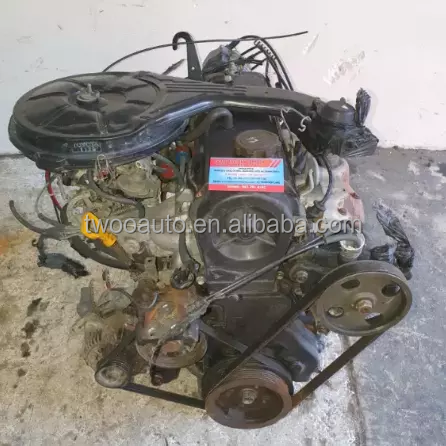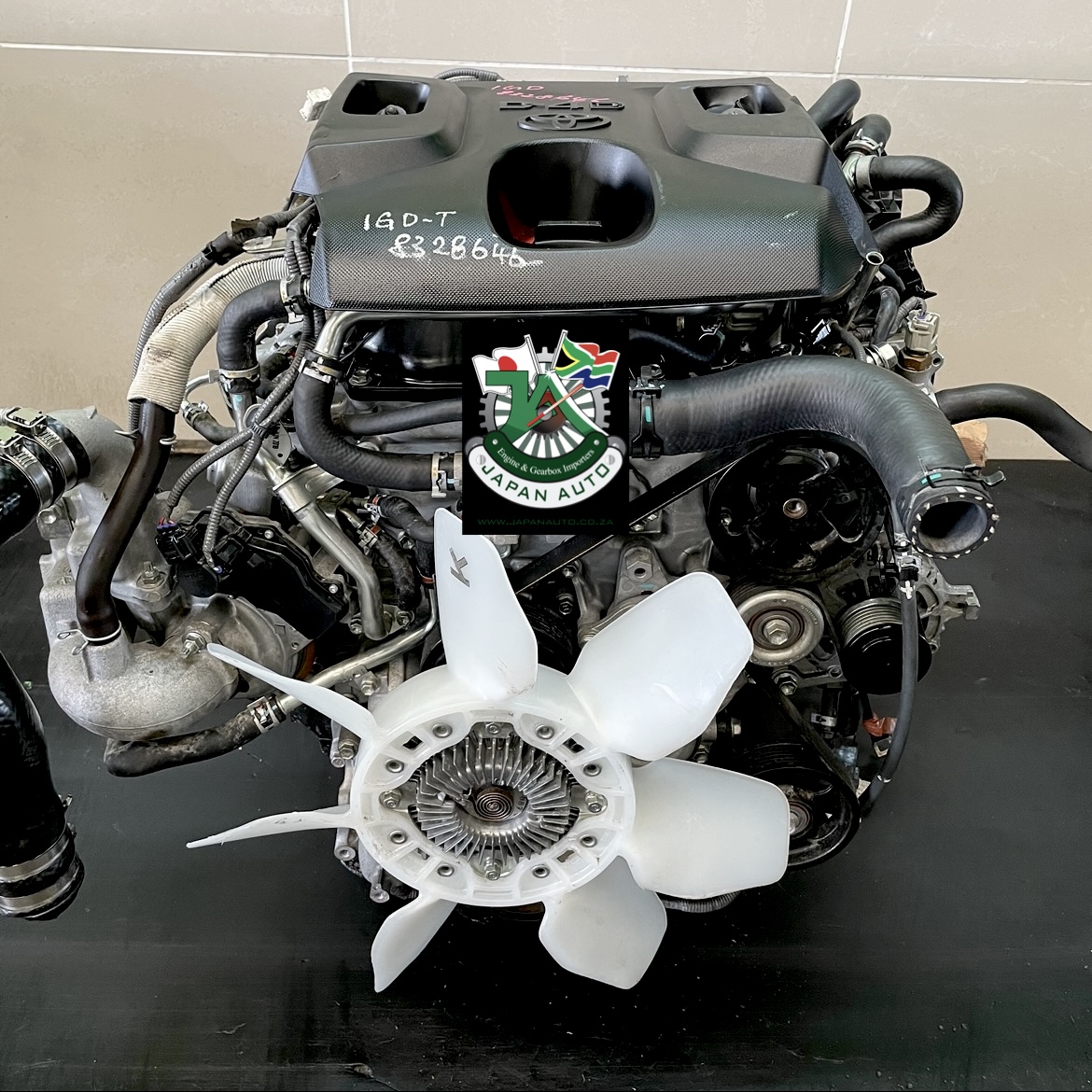Toyota Tazz: A Practical and Efficient Car for City Driving and Beyond
Toyota Tazz: A Practical and Efficient Car for City Driving and Beyond
Blog Article
Explore the most up to date Trends in Engine Technology Through Tazz
In the quickly advancing landscape of auto modern technology, Tazz stands at the forefront, highlighting substantial advancements in engine systems that focus on both development and sustainability. tazz. From crossbreed engines that optimize fuel effectiveness to the introduction of hydrogen fuel cells, the fads forming contemporary powertrains are not just enhancing efficiency however additionally resolving crucial environmental difficulties. As the sector continues to push borders, it is important to think about exactly how these advancements will certainly influence future transport remedies and the broader effects for international energy consumption. What exists ahead in this pivotal change?
Hybrid Engine Innovations
Hybrid engine technologies stand for a critical shift in vehicle innovation, integrating the benefits of inner burning engines with electric propulsion systems. This combination not only boosts fuel performance however also decreases exhausts, conference progressively strict ecological guidelines. By making use of both power resources, hybrid engines can enhance performance, providing power when needed while saving gas throughout less requiring motoring problems.
Recent innovations in crossbreed innovation consist of enhancements in battery performance and regenerative braking systems. These developments permit greater energy recovery throughout deceleration, which can be redirected to aid in acceleration or power auxiliary systems. Furthermore, makers are concentrating on portable designs and lightweight products to take full advantage of the efficiency of hybrid powertrains.
The growth of plug-in hybrids has actually also broadened the marketplace, making it possible for chauffeurs to bill their lorries using typical electric outlets. This attribute commonly allows for substantial all-electric range, additional reducing dependence on typical gas. tazz. As the auto sector continues to develop, hybrid engine technologies are expected to play an important function in linking the void between traditional vehicles and completely electrical versions, providing a transitional option that accommodates diverse consumer needs and choices
Breakthroughs in Electric Powertrains
The vehicle landscape is rapidly advancing, with electric powertrains becoming a leading force in lasting transport. Developments in electric vehicle (EV) technology are significantly enhancing customer, performance, and efficiency experience. Key developments include improvements in battery chemistry, which have increased power thickness, minimized charging times, and expanded total battery life.
Solid-state batteries, as an example, promise to reinvent the marketplace by providing higher safety and security and effectiveness compared to standard lithium-ion cells. Furthermore, innovations in regenerative braking systems are enabling lorries to recuperate power throughout slowdown, adding to overall effectiveness.
In enhancement to battery innovation, electric motor styles are ending up being extra sophisticated. Developments such as integrated electric motors and progressed thermal monitoring systems are helping to maximize power shipment and reduce weight, eventually enhancing car dynamics.

Collectively, these developments highlight the dedication to shift in the direction of cleaner, a lot more effective transport remedies, positioning electrical powertrains at the forefront of vehicle technology.
The Surge of Hydrogen Fuel Cells
Increasingly, hydrogen gas cells are gaining traction as a viable alternative to traditional internal burning engines and battery electrical vehicles. This innovation takes advantage of the chemical power saved in hydrogen, converting it right into power with an electrochemical reaction with oxygen. The main byproduct of this process is water, making hydrogen gas cells an eco-friendly alternative with no emissions at the tailpipe.

Automakers are progressively purchasing hydrogen gas cell innovation, acknowledging its potential for long-range applications and quick refueling capabilities that equal standard fuels. Furthermore, fields such as heavy-duty transportation and public transportation are especially fit for hydrogen gas cells, where battery electrical services might fail due to weight and array constraints.
As research study and financial investment remain to increase, hydrogen fuel cells are positioned to play a considerable role in the future landscape of tidy transport and power remedies.
Enhancements in Internal Burning Engines
Advancements in inner burning engine (ICE) modern technology are changing traditional vehicles to satisfy modern environmental criteria and performance expectations. One of the most substantial improvements involves the combination of innovative fuel shot systems. These systems optimize the air-fuel mix, boosting combustion performance and causing reduced emissions. Direct fuel injection, for example, permits much better atomization of fuel, resulting go to my blog in more total combustion and enhanced power result.
Furthermore, turbocharging has actually gotten importance, permitting smaller sized engines to supply greater efficiency without the weight of larger engines - tazz. This innovation not only improves efficiency however also adds to decrease gas consumption. Variable shutoff timing systems are additionally being fine-tuned, making it possible for engines to adapt to different driving conditions for enhanced torque and responsiveness
Additionally, the usage of light-weight products in engine building is becoming typical, additional enhancing gas efficiency by lowering general vehicle weight. Engine control units (ECUs) are increasingly advanced, allowing real-time adjustments that optimize performance and emissions.
These enhancements collectively indicate an essential shift in ICE modern technology, lining up with global sustainability objectives while still offering the efficiency motorists anticipate from their automobiles. As the sector progresses, these enhancements proceed to shape the future of conventional vehicle design.
Future Fads in Engine Effectiveness
Substantial improvements in engine performance are prepared for as suppliers concentrate on integrating sophisticated technologies to meet rigid ecological policies and customer demands. The shift in the direction of electrification, crossbreed systems, and alternative my site fuels is reshaping the vehicle landscape, driving technologies that enhance fuel economy and reduce exhausts.
Among the crucial patterns is the execution of advanced materials and manufacturing methods. Light-weight compounds and high-strength alloys contribute to minimized lorry weight, therefore boosting overall efficiency. In addition, the adoption of turbocharging and variable shutoff timing innovations enables improved power output from smaller sized engines, better enhancing gas economic situation.

Conclusion
Innovations in hybrid engine systems, electric powertrains, and hydrogen fuel cells show a dedication to lowering emissions while enhancing efficiency. Renovations in inner burning engines and a focus on light-weight products add to total engine effectiveness.
From hybrid engines that maximize fuel effectiveness to the development of hydrogen gas cells, the patterns forming modern-day powertrains are not just boosting performance however additionally attending to essential environmental difficulties.Hybrid engine innovations represent an essential shift in automotive technology, integrating the benefits of inner combustion engines with electrical propulsion systems.Furthermore, turbocharging has actually gained prestige, allowing smaller sized engines to deliver greater efficiency without the weight of bigger engines. Furthermore, the adoption of turbocharging and variable valve timing technologies allows for improved power output from smaller engines, better boosting gas economy.
Enhancements in interior combustion engines and a focus on lightweight products contribute to overall engine effectiveness.
Report this page